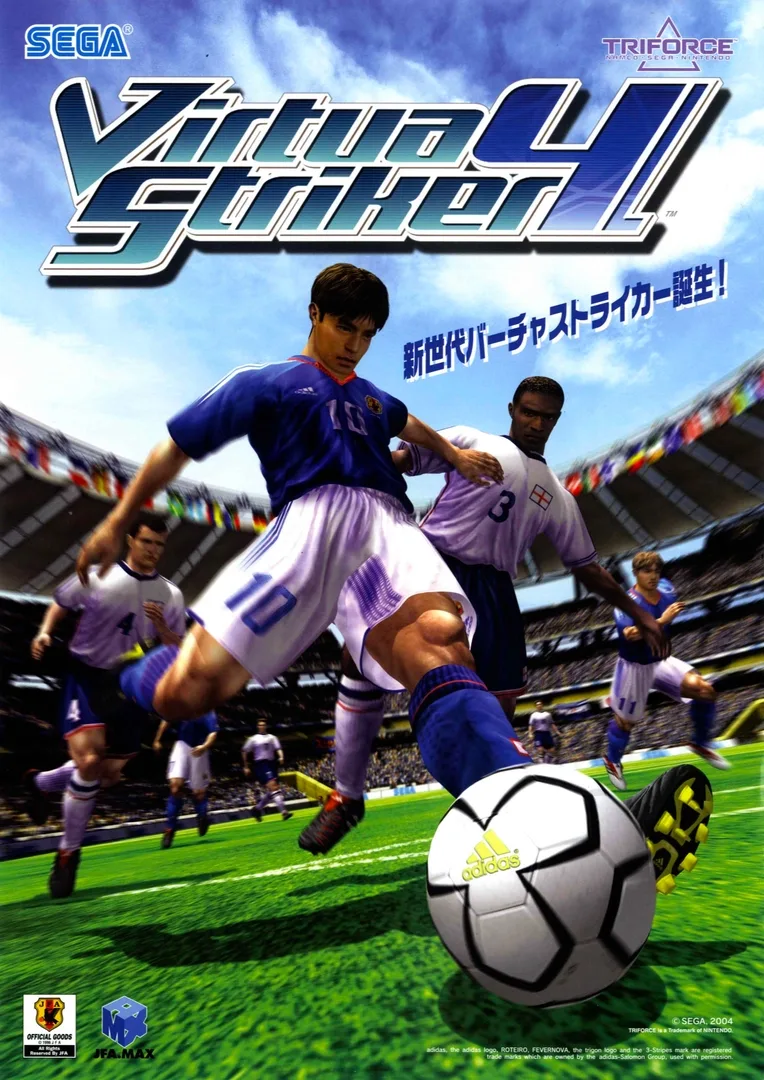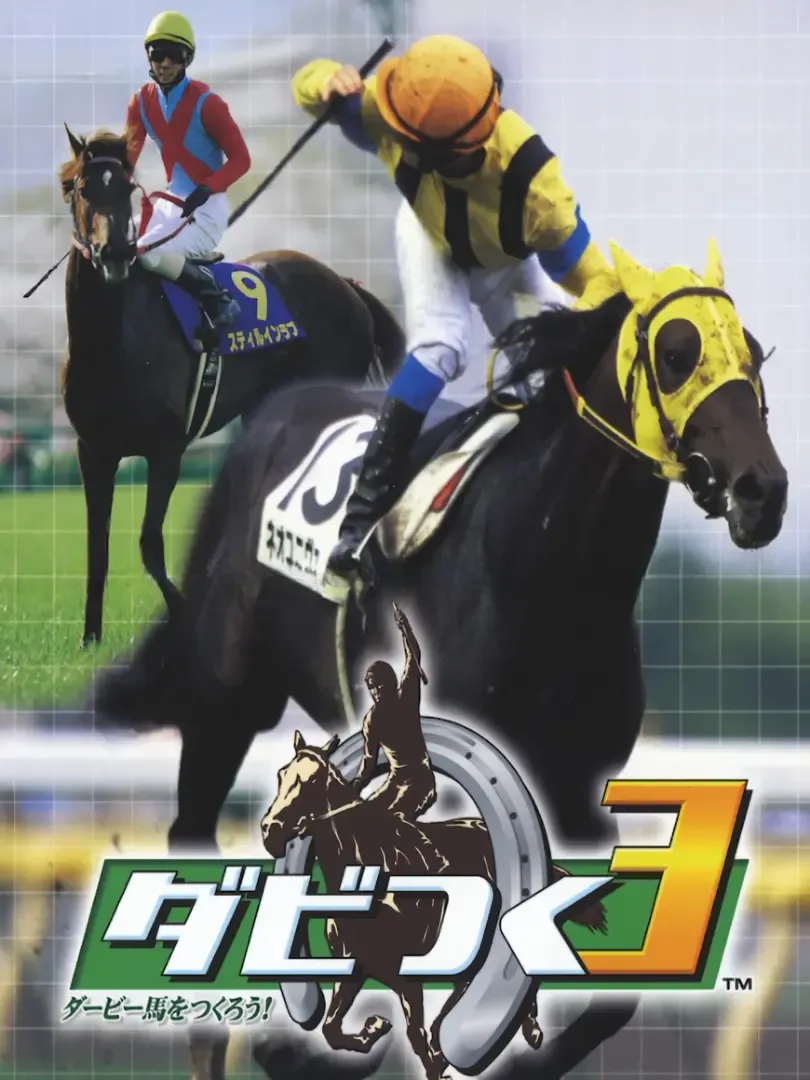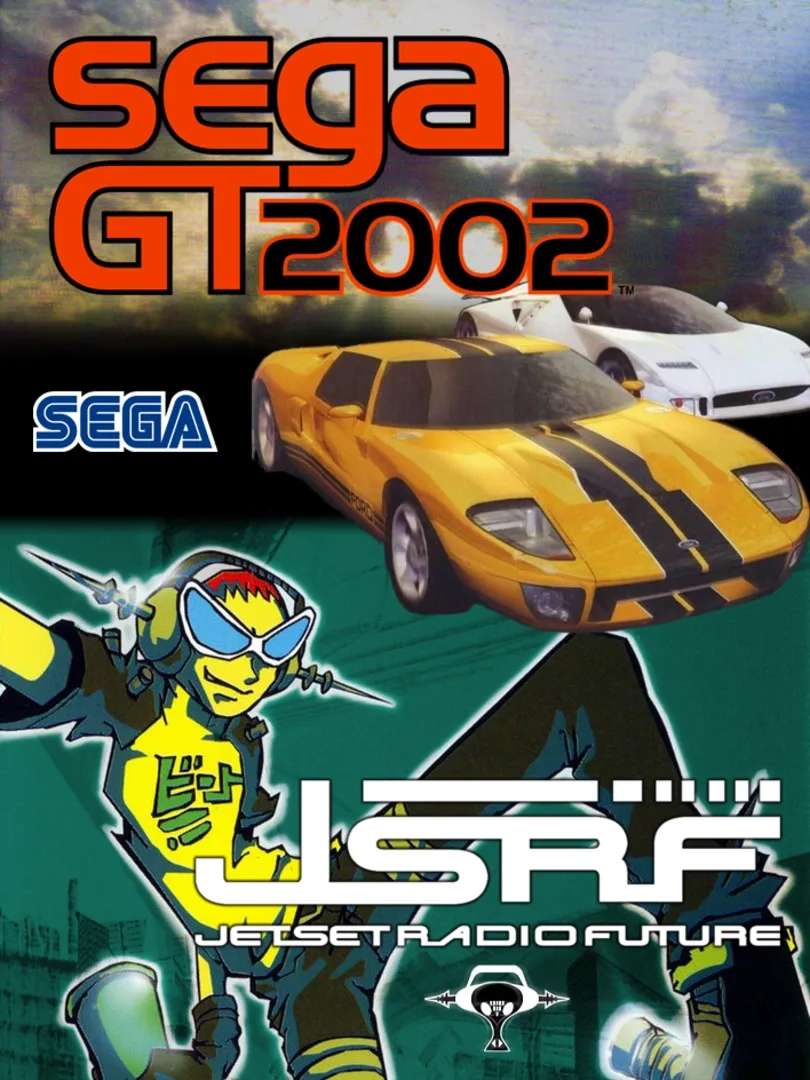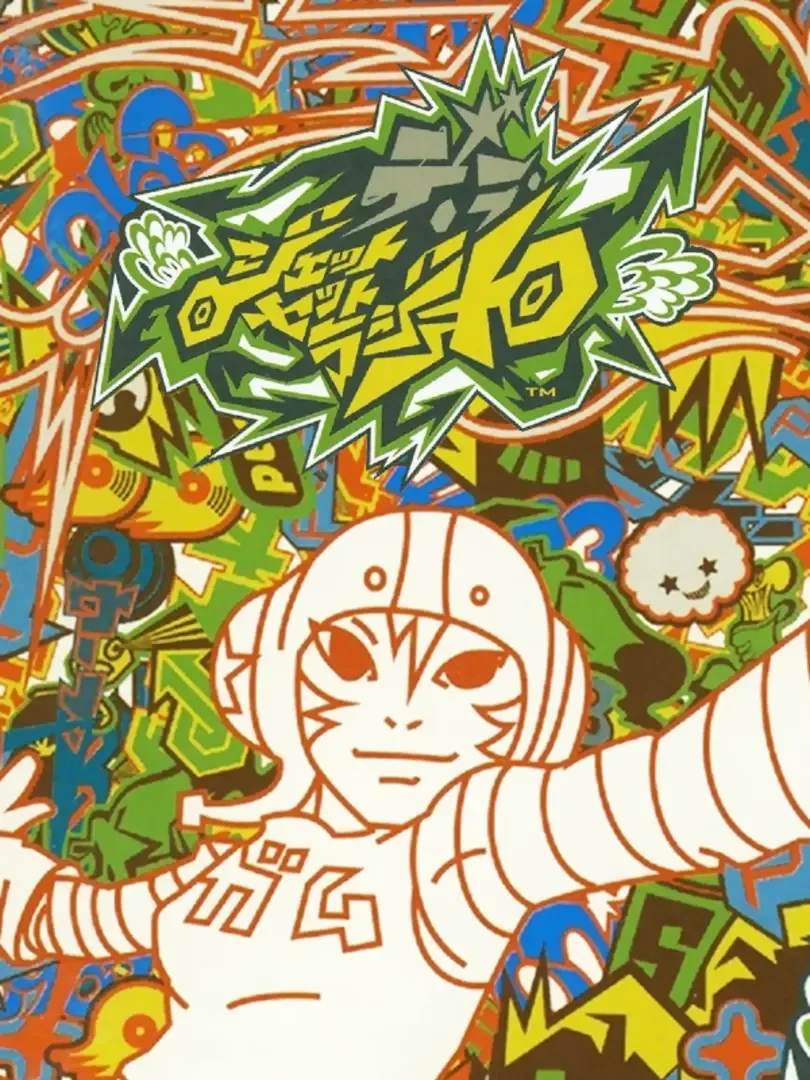Advanced Search
Title
No filter
Genre
No filter
Platform
No filter
Developer
Smilebit

Release date: 31/12/2007
The Typing of the Dead 2
The Typing of the Dead 2, the sequel game to The Typing of the Dead, is an arcade game (ported to Microsoft Windows). It was released in arcades in 2007. This version was a revision of The House of the Dead III, and has only been released in Japan and only for PC as of 2008. While the latter is a standard light gun shooter, Typing replaces the gun with the keyboard. The game is an educational game, as it requires players to enhance their typing skills to be successful. The plot centers around the elimination of the zombie threat after society has collapsed.

Release date: 29/03/2006
Let's Make a Soccer Team!
A football/soccer management RPG where you own and operate a European club while trying to become the best club in the world, all the while competing against your local rival, a nasty billionaire businessman who demeans you and your club at every opportunity.
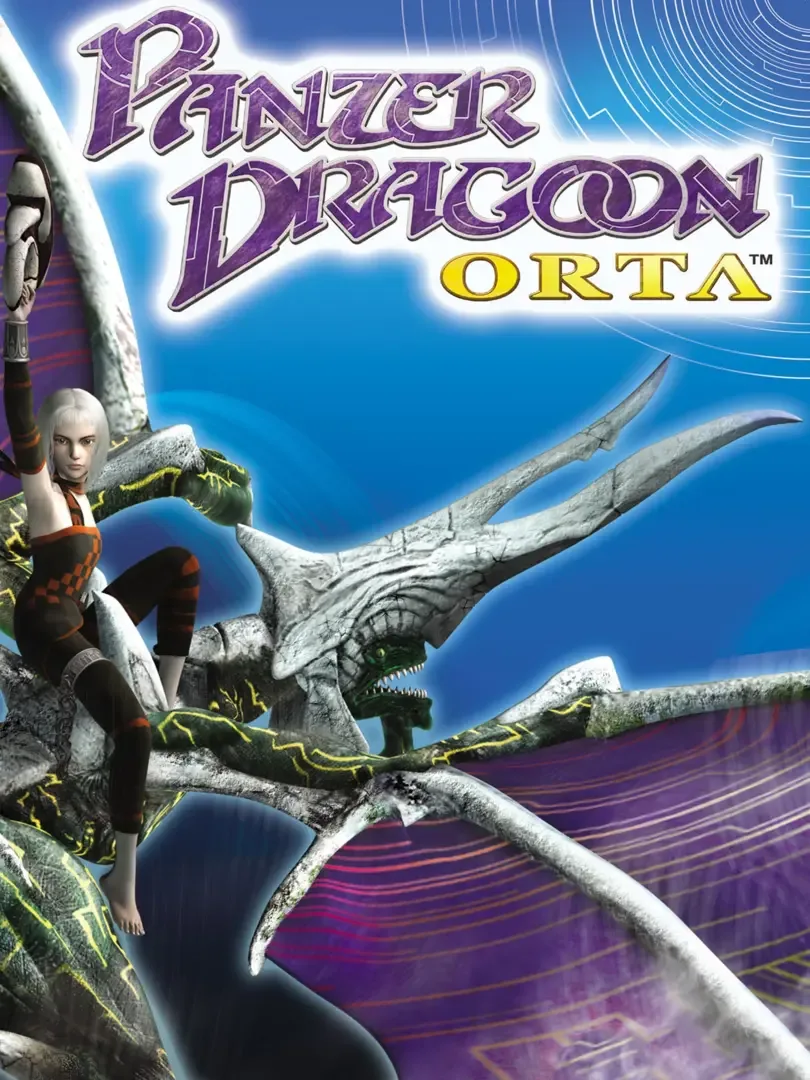
Release date: 19/12/2002
Panzer Dragoon Orta
The fourth installment of the Panzer Dragoon series has you playing Orta, a young girl who has been imprisoned by the Empire. Under a wave of attack, the prison camp is broken through by a mysterious dragon, and Orta takes it upon herself to ride the dragon, and destroy the Empire once and for all. Along the way, she will also discover her own destiny, and the mystery surrounding her new friend. Simply put, you have limited control of the dragon for most of the game, as your trigger finger will be shooting non-stop at the enemies that fly around the area. Orta will be your main source of fire-power when you simply press the fire button, but by pressing and holding, the aim cursor will change, allowing you to fire a burst of power from the dragon at whatever the cursor aims at. The dragon itself can change into three forms at a press of a button. Each form has a different style of attack and power ability. A port of the original Panzer Dragoon is included.
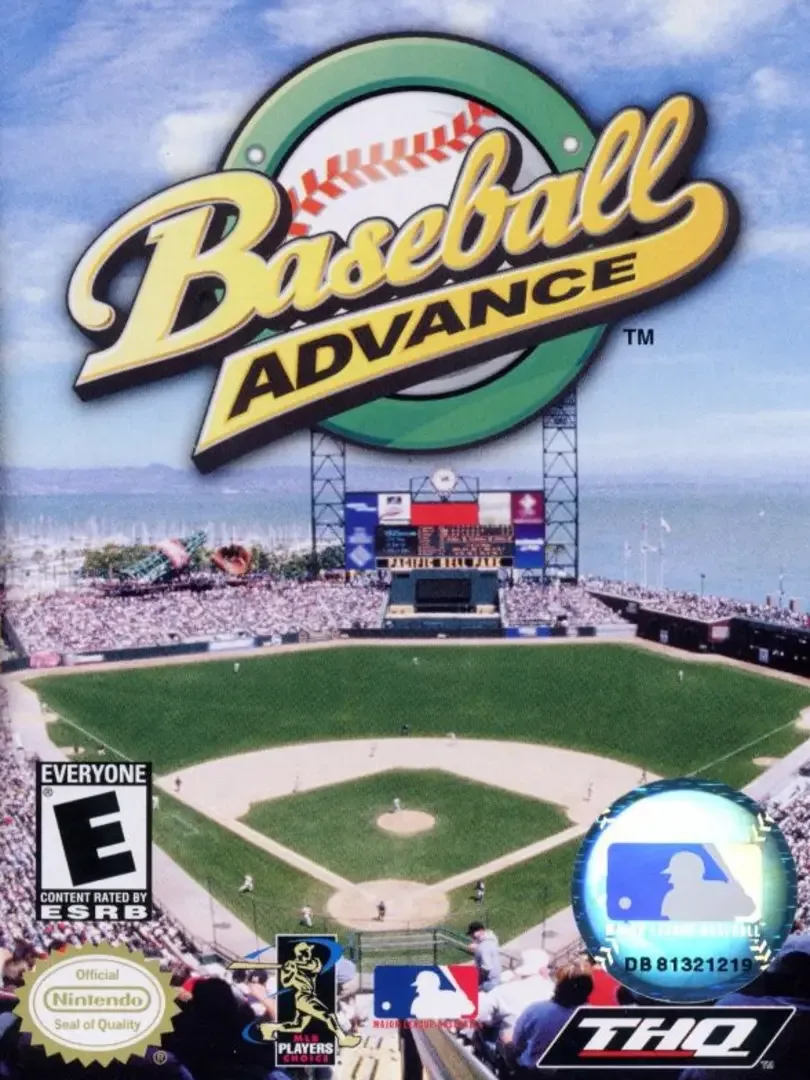
Release date: 20/03/2002
Baseball Advance
Grab your bat and ball and get ready to hit a few homers! Whether you take your favorite MLB team through a full season or compete in the All-Star Game, you'll be throwing curve balls and fielding pop flies at major league ballparks across the country. So batter up and play ball!
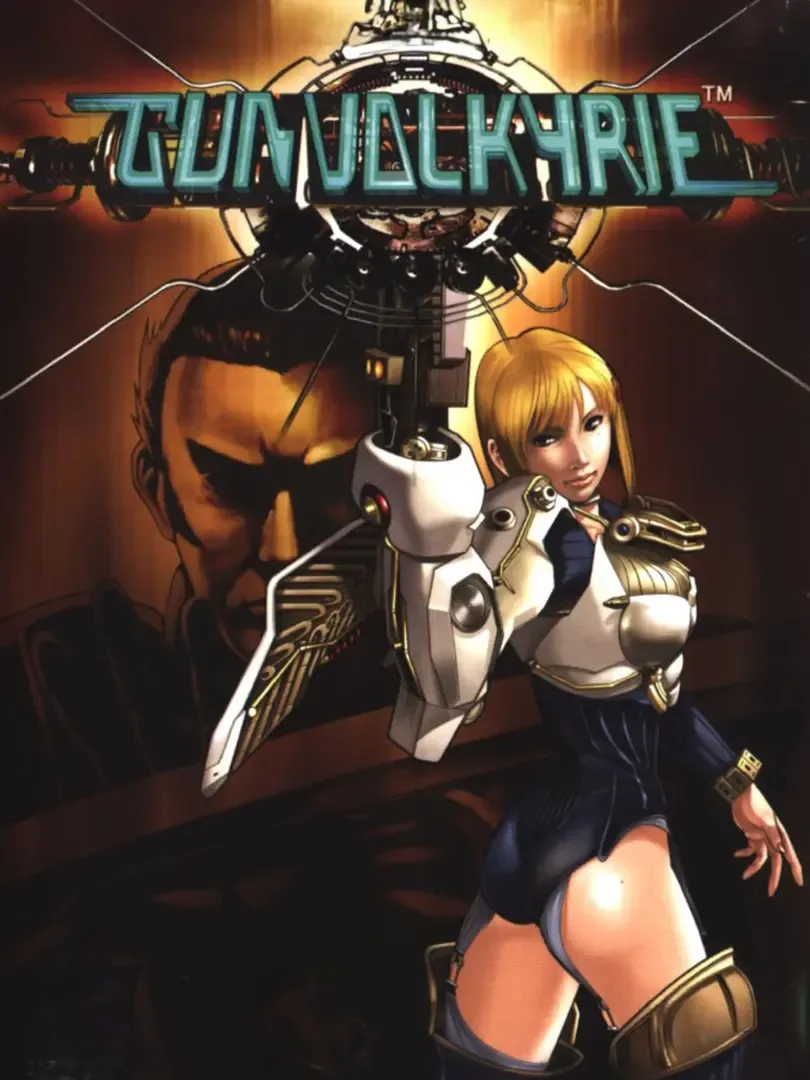
Release date: 18/03/2002
Gunvalkyrie
Gunvalkyrie is an alternate history/science fiction video game developed by Smilebit and published by Sega for the Microsoft Xbox. Originally developed for the Sega Dreamcast, its visual style was very similar to the final Xbox version. The Dreamcast version's distinguishing feature was that during the game's development, GunValkyrie utilized a unique control scheme using both a light gun and a controller. This control scheme was dropped when development shifted to the Xbox version. The gameplay is very different from most third-person shooters, due to a unique dual analog control scheme, which is the main contributor to the steep learning curve of the game. Players travel to various worlds investigating the disappearance of several colonies, with only giant mutated insect creatures left behind. These insects comprise the bulk of the enemies you face along the way. Players control Kelly or Saburouta with both analog sticks, the left controlling forward/backward movement and turning, while the right aims their weapons, and when clicked, allows quick-turns. Clicking in the left stick while pointing in a direction causes the character to boost. The left trigger is a boost/jump, and when combined with the left analog boost, can be strung together into combos to keep the player off the ground entirely, which is a necessity for some levels. Face buttons are used to select weapons, and the right trigger fires the selected weapon. The game comprises ten levels, the story unfolding via text between levels, or the occasional in-game cutscene. At the beginning of most levels, excluding boss battles, you have the choice of picking either Kelly or Saburouta. Kelly's primary weapon is fast but weaker, and she's overall faster and more maneuverable. Saburouta is slower, has more limited maneuverability in the air, and carries a stronger primary weapon, the Matchlock Cannon. Basically the two characters make up the two difficulty settings, with Kelly being the "Normal", and Saburouta being the "Advanced" setting. The real difference being that Kelly's style allowed several lock-on targets, while Saburouta's weapon splashed and was aimed at specific targets. Because of this, Kelly's gameplay is more frantic and requires less direct focus, while Saburota required specific aiming and direct attacks to be effective. Kelly is also the only character to upgrade her gearskin. The artistic style of the game is similar to the steampunk subgenre of fiction, but the game's designers prefer to call it "elec-punk," described as a step even further, with the harnessing of electricity for imaginative new uses. The game's stages are divided into indoor mechanical looking levels, with lots of gears and ornate metalwork, and outdoor stages, set in very organic looking valley's, craters, and other fantastic otherworldly locations.
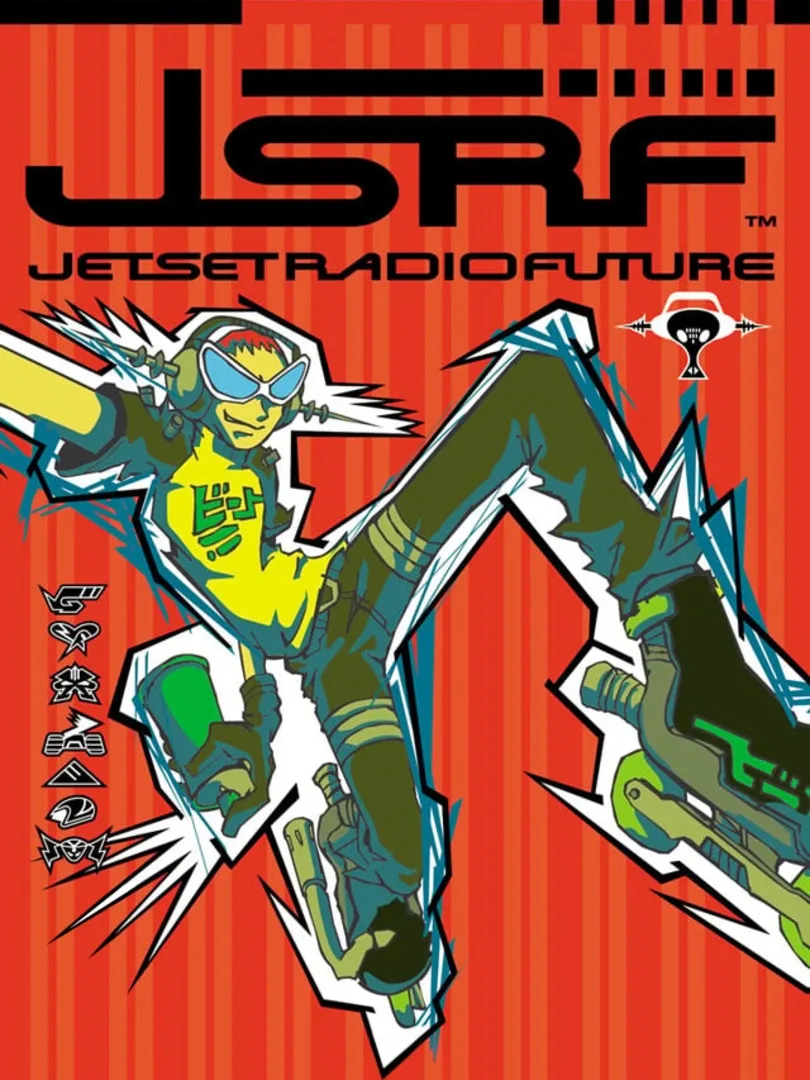
Release date: 22/02/2002
Jet Set Radio Future
Jet Set Radio Future is a video game developed by Smilebit and is the sequel to Jet Set Radio. Similar to the original, it depicts a future Tokyo where freedom of expression is outlawed. The user plays a character in the GG's, a gang of in-line skating graffiti artists who skate around Tokyo covering up rival gangs' graffiti, knocking over Rokkaku police, and dancing to the electric soundtrack. The game uses a cel-shaded style of animation, and has been widely acclaimed for its unique music style, detailed art, and gameplay. Though the game is set in the future, its style and content incorporates many aspects of 1980's old school hip hop culture, as well as 1990's J-pop culture.
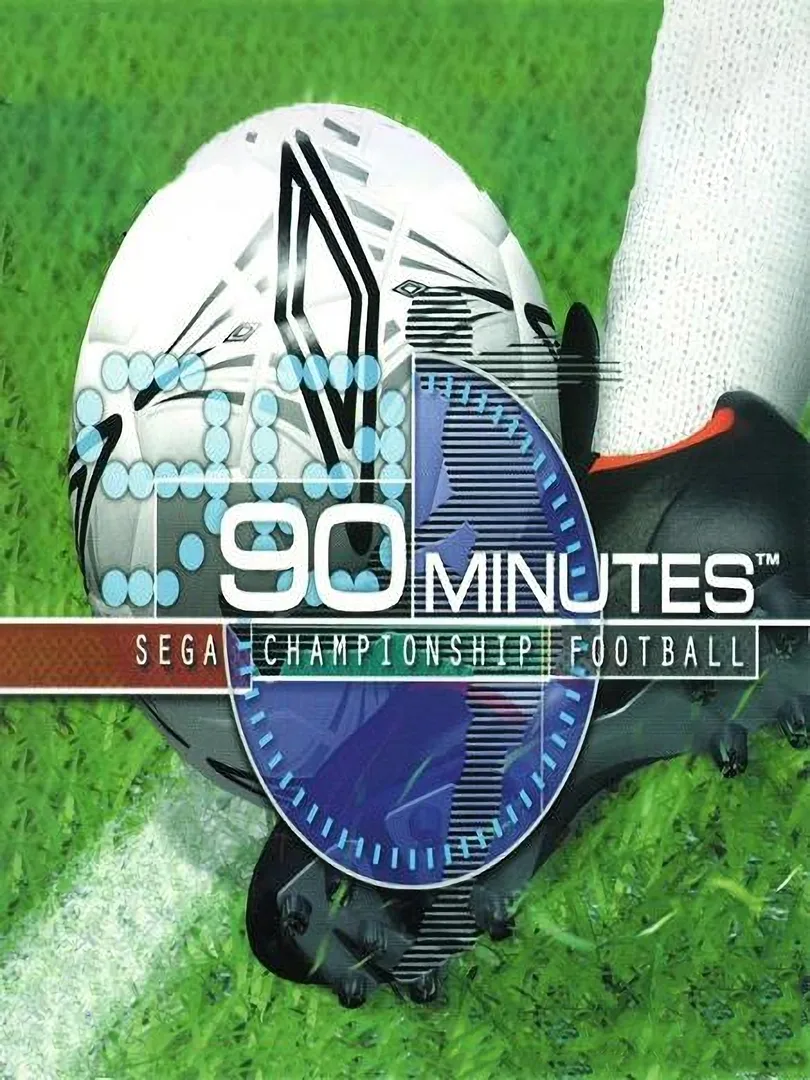
Release date: 31/12/2001
90 Minutes: Sega Championship Football
Gameplay follows the norms of the genre - A to pass, B to throw a high lob, X to shoot, Y to change players, with the triggers to perform modifiers (though passes and lob shots) and sprint, although these can all be changed in the options. The player can also assign special tactics to each direction on the d-pad to adapt quickly according to the flow of the game.
